How often should a landlord replace carpet?
Speaking from experience after years of renting, I know how frustrating it is to deal with carpets.
There are times when the carpets get stained, smelly, or just plain worn out.
You step in, hoping for a cozy home, but the floor tells another story.
And landlords, I hear you, too, carpet replacements aren’t cheap.
But sometimes, holding onto that tired old rug costs more in tenant satisfaction than it saves in dollars.
Let’s keep it real and break it down: How often should a landlord replace carpet?
What’s the Average Lifespan of a Carpet in a Rental?

No magic number fits every home, but here’s a general idea:
- Nylon carpets can last around 10–15 years with decent care.
- Polyester carpets are more affordable but usually only last about 5–7 years.
- Olefin (polypropylene) carpets do well with stains but not with wear, except for around 5 years.
- Wool carpets are premium and long-lasting, possibly up to 20 years if well cared for.
But here’s the truth: in a rental unit, carpets rarely hit their maximum lifespan.
Why? Wear and tear are just a part of life, whether you have pets, kids, or high foot traffic.
Suggested Read: How To Get Dog Smell Out Of Carpet In Just 30 Minutes!
How Often Should a Landlord Replace Carpet? What Do Tenants Really Expect?
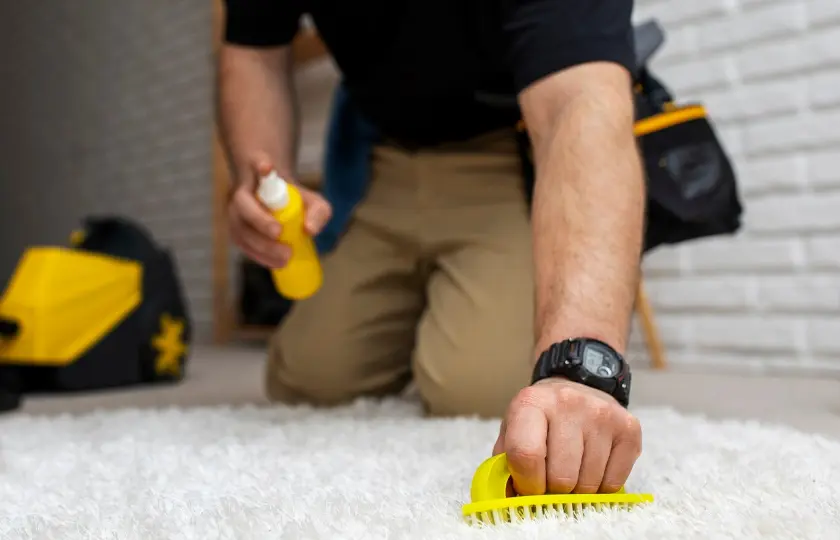
As a tenant myself, I’m not expecting a luxury suite. I just want to feel comfortable and clean.
Here’s what we typically hope for:
- No weird smells when we walk in.
- No suspicious stains from the past decade.
- A soft but even surface underfoot.
- Clean-looking flooring that doesn’t scream “three renters ago.”
If your carpet is:
- Torn at the edges
- Has lingering pet odors
- Stained with things that shouldn’t be named
- Or looks like it’s been there since the early 90s
It’s probably time to say goodbye. A bad carpet can really ruin the feel of a nice space.
You might have freshly painted walls and a modern kitchen, but if the flooring’s grimy? It just doesn’t work.
Suggested Read: How To Remove Rust Stains From Carpet: 10 Smart Hacks Inside!
What Counts as Normal Wear and Tear on Carpet?
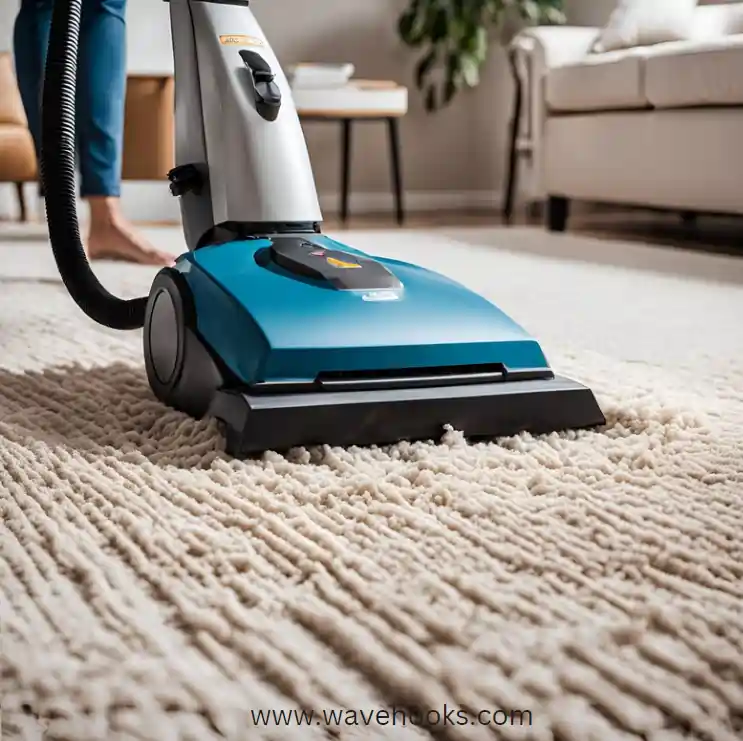
It’s important to understand what normal wear and tear is and what constitutes damage.
Normal wear and tear is the gradual deterioration that happens with use over time.
And it’s not something tenants should be held responsible for.
Normal wear and tear on carpet includes:
- Faded color due to sunlight exposure or cleaning.
- Slight matting in high-traffic areas.
- Minor spots or stains that are inevitable over time.
But when you see:
- Burn marks (from cigarettes, candles, etc.)
- Pet stains that have soaked into the fibers.
- Large, visible rips or holes from improper handling or rough use.
These might be considered excess damage, and tenants could be responsible for repair or replacement costs, depending on the rental agreement.
Suggested Read: 10 Magic Hacks To Quickly Get Shampoo Out Of Your Carpet!
How often should a landlord replace carpet: Legal Requirement

In many places, there’s no legal requirement that dictates when a landlord must replace carpet.
But landlords are legally obligated to maintain a safe and habitable living environment.
If the carpet is damaged to the point of being a health or safety hazard, it may need to be replaced more urgently.
While there are no set laws on carpet replacement, most property experts recommend replacing carpets every 7 to 10 years.
Even if the carpet still looks okay. Over time, carpets lose their ability to stay clean.
They also become a breeding ground for dust mites and allergens, especially in rental units with multiple tenants.
Suggested Read: Why Does My Carpet Smells Like Stinky Feet: Top 11 Reasons!
How Often Should a Landlord Replace Carpet? The 7-Year Rule
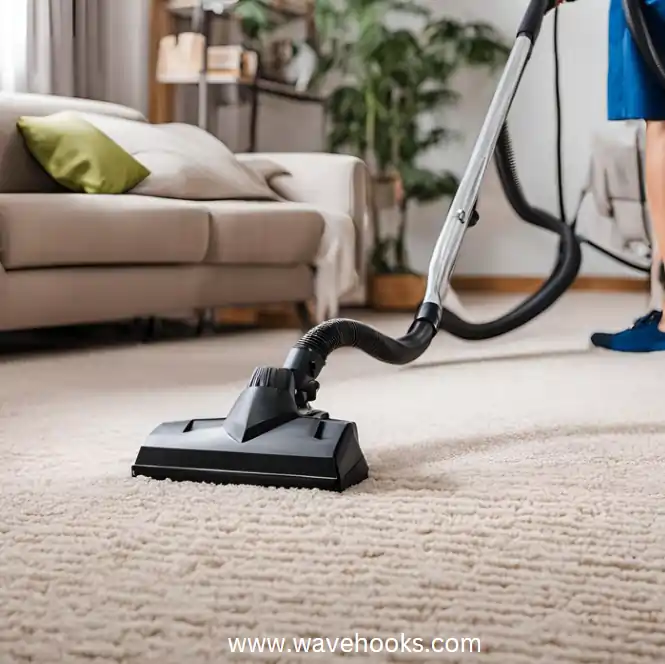
‘A good rule of thumb is to replace the carpet every 7 years’
After seven years, most carpets, no matter how well they’re maintained, will start showing significant signs of wear and tear.
This is particularly true for high-traffic areas like hallways, living rooms, and entryways.
If you’re renting out a high-end property or you’re trying to attract higher-paying tenants, you might want to replace carpets sooner.
Suggested Read: 10 Best Homemade Carpet Cleaning Solutions For Machines!
How Often Should a Landlord Replace Carpet: Signs To Notice!
Wondering if it’s really time to replace your carpet? Here are clear signs that will tell you it’s time to invest in new flooring.

1. Stubborn Stains and Odors
Some stains are just impossible to remove, no matter how much you clean. If you have deep-set stains from spills like wine or pet accidents, or if the carpet has a perpetual musty smell that cleaning can’t fix, it’s time to consider replacing it.
2. Visible Wear and Tear
High-traffic areas will start to show signs of wear. A carpet that looks matted down, or shows visible bare spots or threadbare patches, is no longer attractive and can even be a safety concern.
3. Health Concerns (Mold, Dust, Allergies)
Carpets can trap dust, dirt, and allergens over time. If there’s mold, mildew, or persistent dust buildup, it can lead to health problems, especially for tenants with allergies. At this point, replacing the carpet is necessary to ensure the air quality in the rental remains healthy.
4. Severe Damage
Tears, holes, and loose seams can pose a safety hazard. If the carpet has significant damage or looks like it might cause someone to trip, it’s time to replace it for the well-being of your tenants.
Suggested Read: How Do I Make Best Carpet Cleaning Solution At Home?
What Should Tenants Do to Prolong the Life of Carpet?

Tenants, don’t think you’re off the hook when it comes to carpet maintenance.
Here’s how you can help your landlord’s carpet last longer and keep your security deposit intact:
- Vacuum regularly to keep dirt and dust from grinding into the fibers.
- Clean spills quickly, don’t let them sit for hours or days.
- Avoid wearing shoes indoors, especially high heels or dirty outdoor shoes.
- Use area rugs to protect high-traffic zones like hallways or living rooms.
Request professional cleaning from the landlord at least once a year if you have pets or heavy traffic.
By showing care for the carpet, you’re helping it last longer and keeping the property in good condition.
Suggested Read: 15 Brilliant Ways To Clean A Wool Area Rug At Home Better!
What Can Landlords Do to Prevent Early Carpet Replacement?
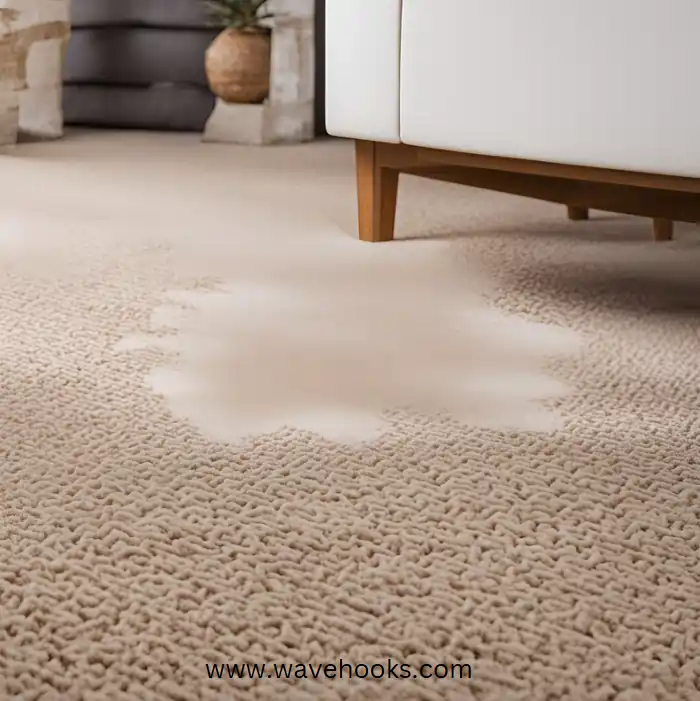
As a landlord, you have the power to protect your investment by ensuring your carpets last longer and stay in better condition.
1. Choose durable carpet: Go for high-quality nylon or polyester carpets that can withstand wear and tear for a longer time.
2. Install carpet in the right areas: Consider hardwood, laminate, or tile in high-traffic areas or kitchens, as they hold up better than carpet.
3. Regular cleaning: Professional carpet cleaning once a year can help remove deeply embedded dirt and allergens.
4. Tenant guidelines: Provide clear guidelines for tenants on how to care for the carpet, such as no pets or no smoking inside.
Suggested Read: How To Clean A Wool Rug Like A Pro | No Mess, No Stress!
How often should a landlord replace carpet? Final Thoughts
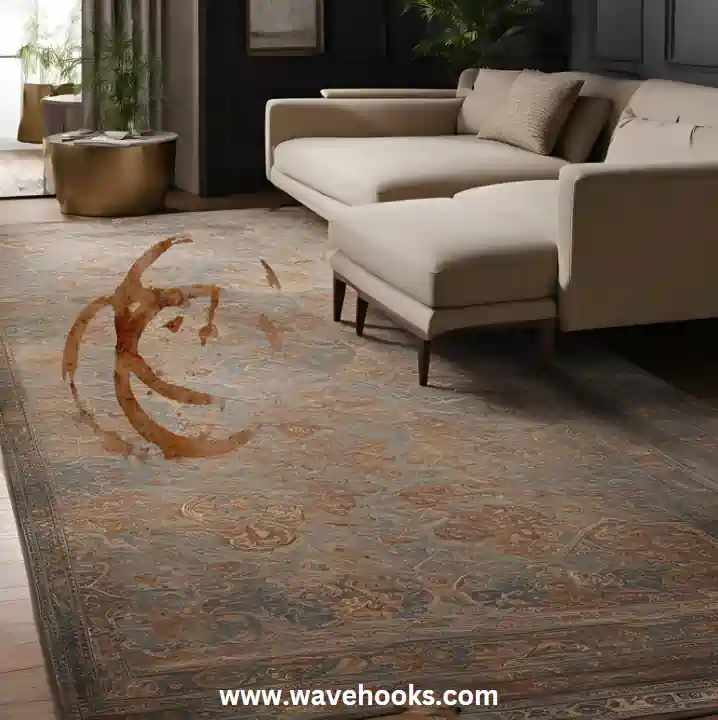
So, how often should a landlord replace carpet? While there’s no set rule, it’s generally recommended every 7 to 10 years.
However, if you notice excessive damage, wear, or health risks, don’t wait until it’s unbearable.
For landlords, investing in new carpet can improve the appeal of your rental property, reduce vacancies, and increase tenant satisfaction.
Tenants, remember that it’s important to take care of the carpet, but also speak up when it’s time for a replacement.
Suggested Read: How To Dry Office Chair Overnight? Don’t Skip These 10 Tips!







